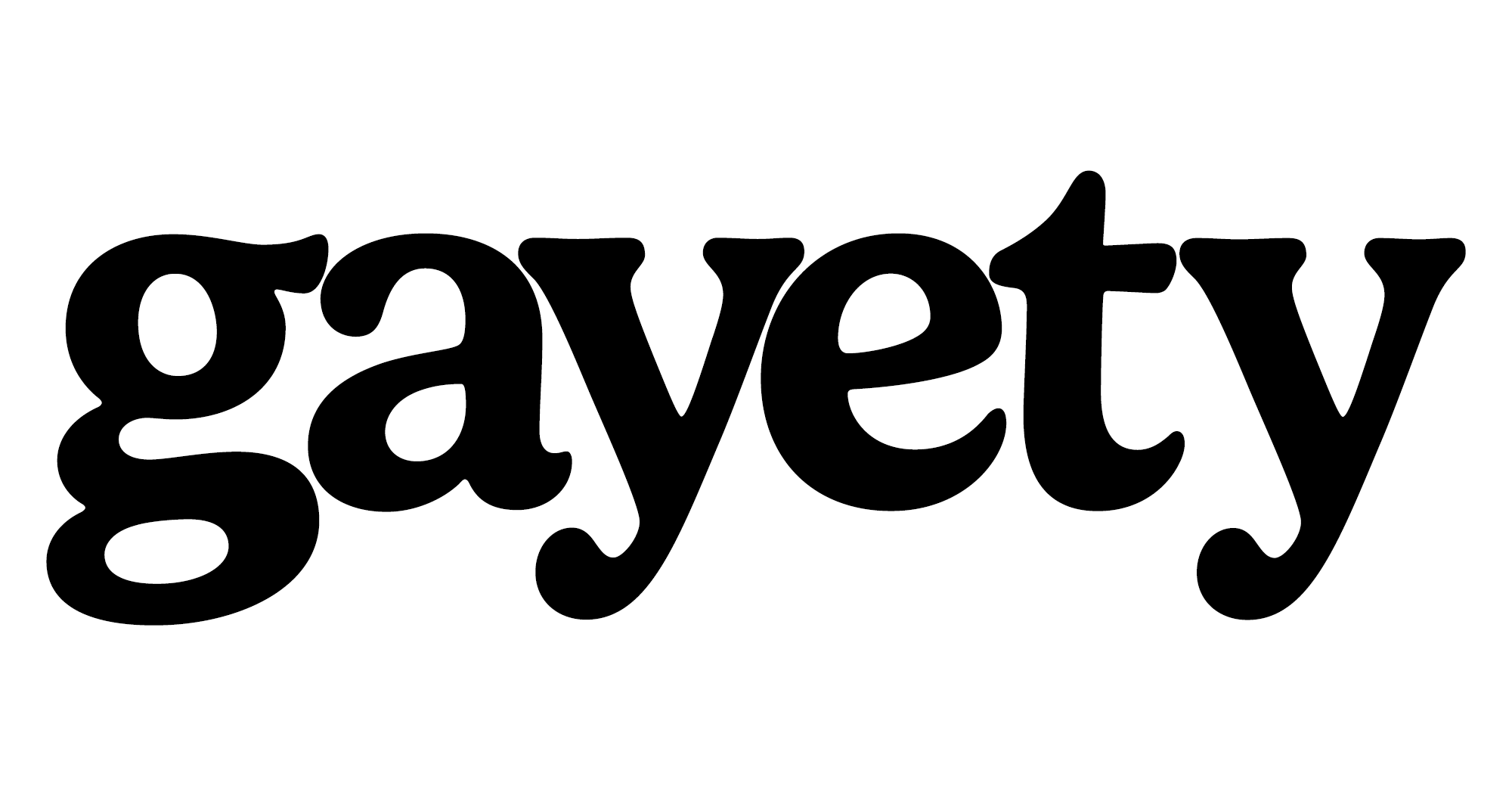Andy Warhol built his reputation on blurring the lines between art and machinery. His studio was famously called “the Factory,” a nod to his dream of turning creativity into nonstop production. For Warhol, even sex played into that idea. He once remarked that erotic imagery could keep a person running like a “well-oiled machine.”
From “Nudes” to “Landscapes”
Warhol’s fascination with sexuality eventually spilled into his Polaroid work. In 1977, with help from his friend Victor Hugo, he began assembling what became known as the “Landscape” series. Originally titled “Nudes,” the name was softened to avoid censorship.
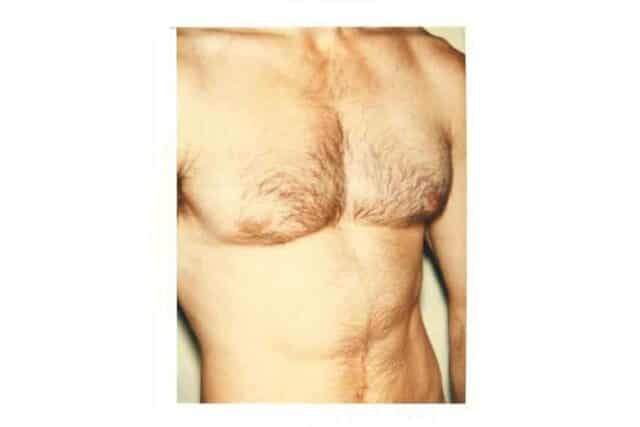
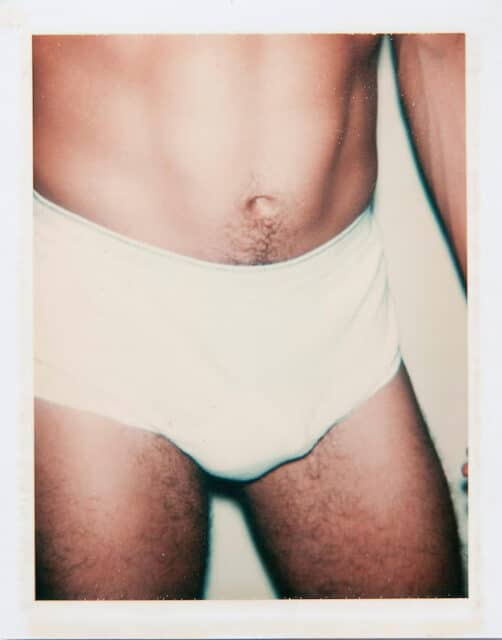
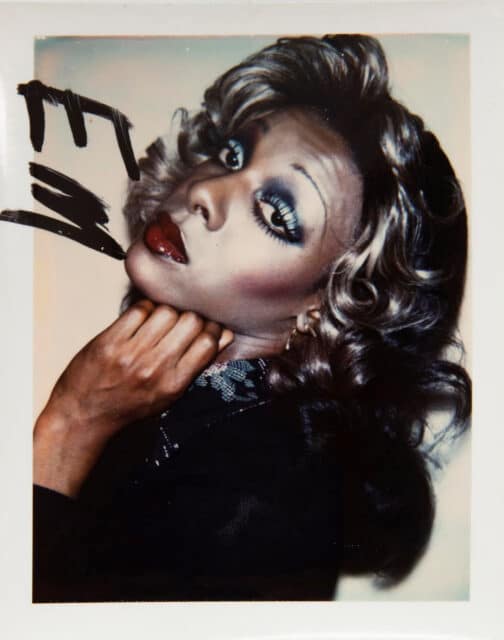
Hugo scouted nearly 50 men from New York’s baths and cruising spots, inviting them into Warhol’s world. The result: more than 1,600 Polaroids and dozens of rolls of film showing men in varying stages of undress, sometimes in intimate acts with one another.
A Body as a Landscape
One Polaroid from that first year shows a man whose chest hair swirls across his torso, resembling rolling hills. It was exactly the type of reimagining Warhol enjoyed, transforming the body into terrain, and nudity into something both artistic and erotic.
Yet galleries often shied away from displaying such explicit work. To sidestep controversy, curators labeled much of it “Torsos,” reducing images of naked bodies and genitals to a safer, more clinical term.
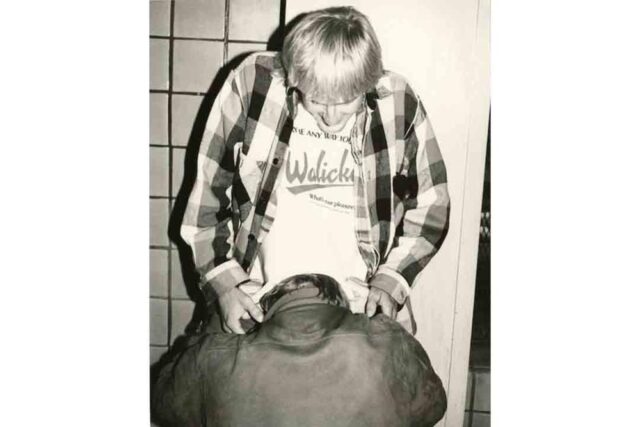
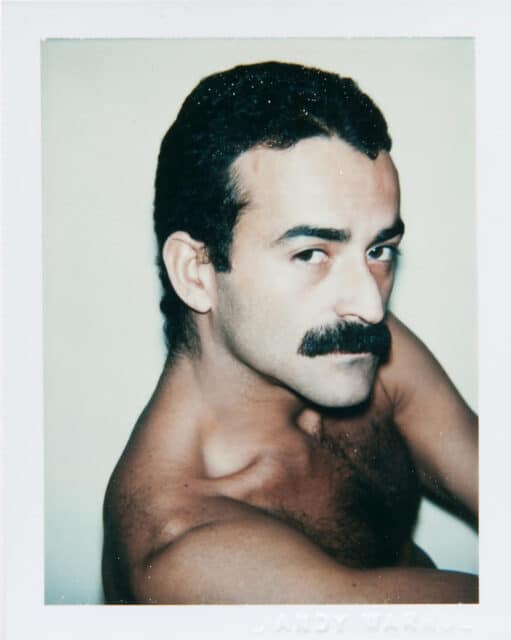
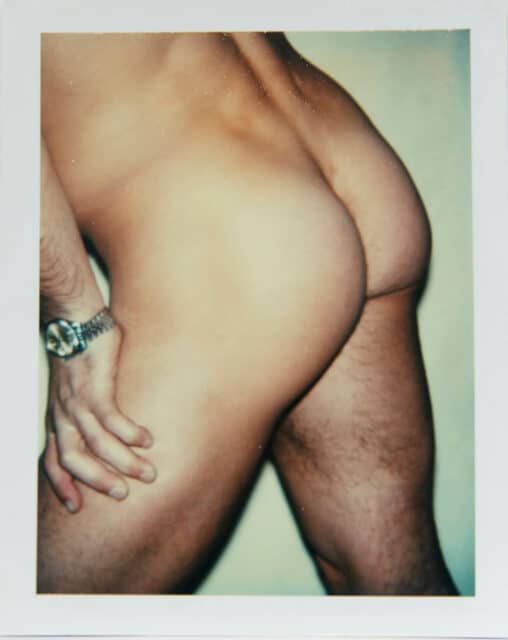
Between Nude and Naked
Art historians have long debated how Warhol’s erotic photos fit into the history of the body in art. Kenneth Clark once distinguished between the nude body as high art and the naked body as everyday exposure. Critic Blake Gopnik later added a third category: the “hot” body, one intended to arouse, found in pornography or LGBTQ+ social spaces like the ones Hugo frequented.
Warhol’s models often straddled those definitions, posed like classical figures one moment, sprawled in raw sensuality the next.
The Art of the Tease
Though Warhol never publicly declared his homosexuality, his work often played a coy game of suggestion. One image shows a model reclining with his pants unbuttoned. The frame leaves viewers wondering if oral sex is about to happen, or already is.
That tension mirrored Warhol’s own evasive answers about his private life. He reveled in ambiguity, in keeping people guessing.
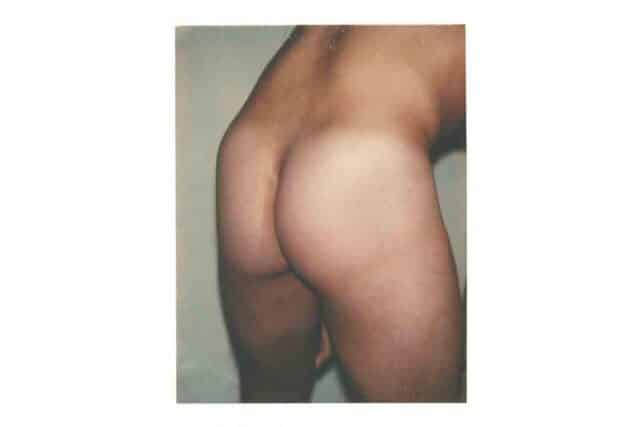
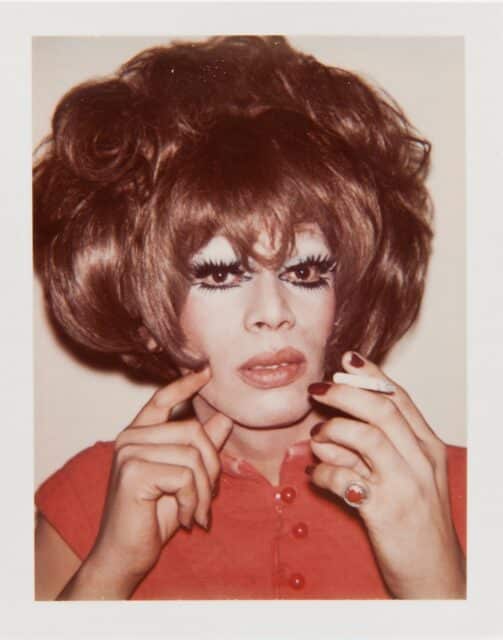
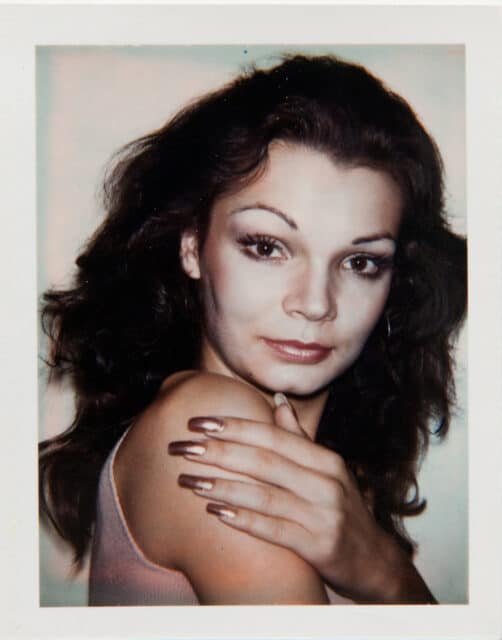
The theme carried into his films as well. His 1963 work Blow Job focuses solely on a man’s face, contorted in pleasure, while the act itself remains unseen. The camera captures ecstasy but denies confirmation, eroticism through uncertainty.
Warhol’s Private Obsessions
Beyond the Polaroids, Warhol was a collector of pornography and a regular at peep shows, often searching for inspiration as much as gratification. The “Landscape” series combined these private pursuits with his public art practice, creating a body of work that was both personal diary and provocative gallery piece.
Warhol’s Polaroids remind us that he didn’t just chronicle celebrity culture and consumerism. He also cataloged desire, secrecy, and the unspoken parts of queer life in the 1970s, images that still challenge viewers to question where art ends and intimacy begins.
